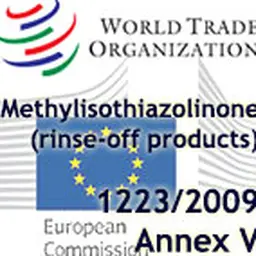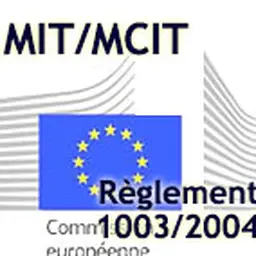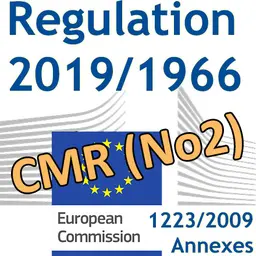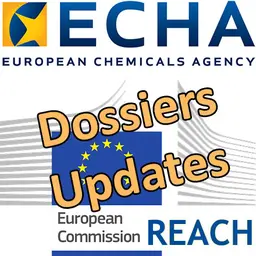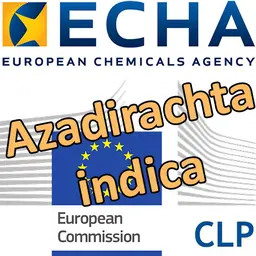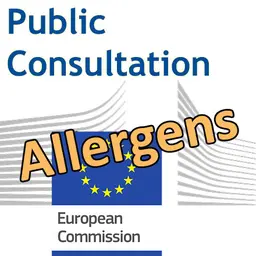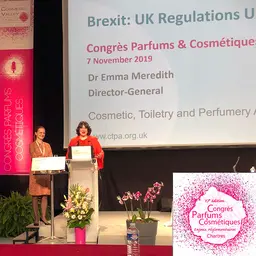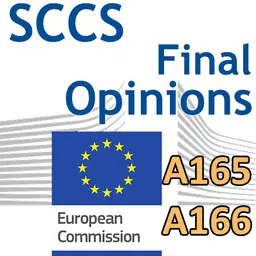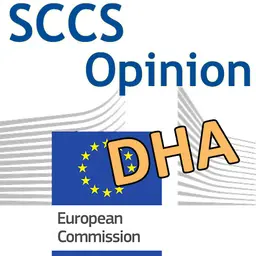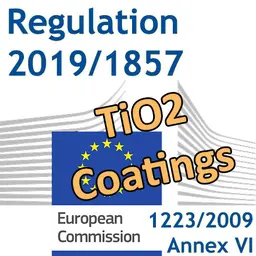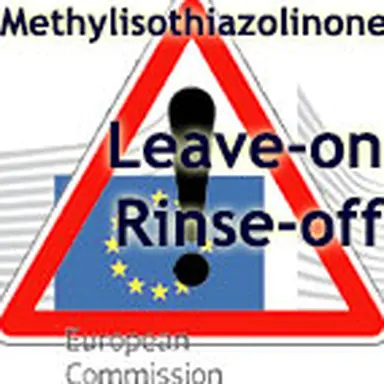
Over the past few months, the noose had been tightening around Methylisothiazolinone. It was banned in leave-on cosmetics as from 12 February 2017, and the maximum authorized concentration of this preservative should also be considerably reduced in rinse-off products by the end of the year. Here is a short reminder of regulations for formulators and companies placing products on the market.
0% in leave-on cosmetics
Regulation 2016/1198 of 22 July 2016 amended Annex V (preservatives) to Cosmetics Regulation 1223/2009, to ban Methylisothiazolinone in leave-on cosmetic products.
Grounds
In
an Opinion of 12 December 2013
, the SCCS concluded that current clinical data indicate that the concentration of 100ppm of methylisothiazolinone in cosmetic products is not safe for the consumer. For leave-on cosmetic products (including ‘wet wipes’), no safe concentrations of methylisothiazolinone for induction of contact allergy or elicitation have been adequately demonstrated.
Enforcement
Regulation 2016/1198 states that from 12 February 2017, Methylisothiazolinone is authorized only in leave-on products. Only compliant cosmetic products shall be placed and made available on the Union market.
0.0015% in rinse-off cosmetics
The draft regulation of the Commission notified to WTO on 28 November 2016 plans to amend Annex V to Regulation No 1223/2009 on cosmetic products and restrict the use of methylisothiazolinone as a preservative in rinse-off cosmetic products from the currently authorised concentration of 100ppm to 15ppm.
Grounds
In an
Opinion on the safety of Methylisothiazolinone
of 15 December 2015, the SCCS concluded that for rinse-off cosmetic products, a concentration up to 0.0015% (15ppm) Methylisothiazolinone is considered safe for the consumer from the point of …

